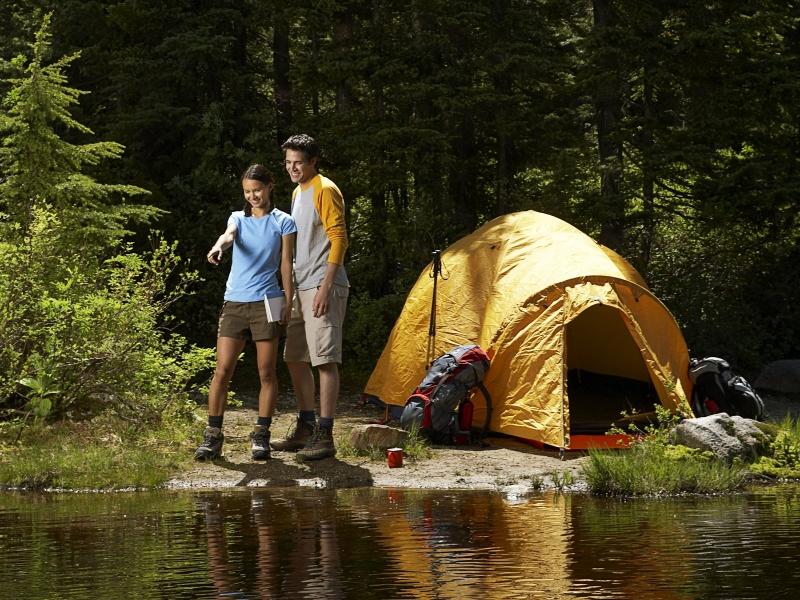Selection of outdoor sports fabrics
Although there is no essential difference between outdoor casual work wear and home work wear, due to the two characteristics of outdoor and leisure, the requirements for work wear are relatively strict and demanding. Professional outdoor leisure workwear such as assault suits are mainly aimed at mountaineering, skiing and other high-cold leisure activities. In addition to the requirements for the physical fitness and skills of the participants, outdoor leisure also requires outdoor work clothes that can adapt to harsh climates and complex geographical environments to ensure the personal safety of leisure participants.

Outdoor leisure generates a lot of heat and evaporates a lot of sweat. It requires work clothes with good heat dissipation and breathability. It is inevitable to encounter wind, rain, snow and fog in the wild. Work clothes must have certain water-repellent properties. Outdoor leisure is expected to be full. Reduce the load and make the work clothes as light as possible. There are strong winds in the field and severe cold in the mountains. The requirements for wind resistance and warmth retention are high. Outdoor cleaning conditions are limited. The antibacterial, anti-odor and anti-contamination requirements of the work clothes are high. Field work involves rock climbing and walking in the forest. Clothes require good stretch resistance and tear resistance… These performance requirements are particularly demanding from the perspective of fabric technology, and many indicators even conflict with each other. No single natural or chemical fiber can meet these requirements. These functions can only be achieved through the lamination of multiple fibers and multiple chemical finishing methods.
1. Warmth retention:
Although warmth retention is closely related to fabric thickness, outdoor leisure workwear does not allow workwear to be too heavy. Therefore, it must be both warm and light to meet the special requirements of outdoor leisure workwear. A common method is to add special ceramic powders such as chromium oxide, magnesium oxide, and zirconium oxide into the spinning solution of polyester and other synthetic fibers, especially nano-scale fine ceramic powders, which can absorb visible components such as the sun and convert them into Thermal energy can also reflect the far-infrared rays emitted by the human body itself, so it has excellent heat preservation and heat storage properties. Of course, far-infrared ceramic powder, adhesive and cross-linking agent can also be formulated as a finishing agent, and the woven fabric can be treated with PU coating, and then dried and baked to make the nano-ceramic powder adhere to the surface of the fabric and Between spinning yarns. This finishing agent emits far-infrared rays with a wavelength of 8 to 14 μm, and also has health-care functions such as antibacterial, deodorizing, and promoting blood circulation.
In addition, according to the principle of bionics and the structure of polar bear hair, the polyester fiber is made into a porous hollow shape inside, so that the fiber contains a large amount of stagnant air, and the outside is made into a spiral curl to maintain looseness. They can all play a good thermal insulation role while ensuring a light texture. Of course, making clothing and even fabrics into double or even triple layers to increase the stagnant air layer is also one of the traditional measures to keep warm.
2. Water-blocking and breathable:
Leisure will emit a lot of sweat, and outdoor wind and rain are inevitable. This is a contradiction in itself: it must be able to prevent rain and snow from getting wet, and
Technology recommends water-repellent and breathable products (coated with polytetrafluoroethylene film, TPU film) as the first choice for outdoor leisure fabrics. They are the best choice for both water-blocking and warmth-preserving and breathable properties, and can be used for various purposes. It is a water-repellent layer for outdoor leisure workwear and can also be used for outdoor equipment, such as the water-repellent layer of civilian tents for camping. The main specifications are: JLFT11-01 antistatic peach skin brushing + polytetrafluoroethylene membrane.
——Professional functional fabric supply and application comprehensive service provider. The company has strong scientific and technological research and development capabilities, advanced production and inspection methods, and has self-operated import and export rights. It is also an ISO9001-2008 and ISO4001-2004 certified enterprise. The main products include: antistatic series, high temperature resistant and fireproof series, fireproof series, oil and water repellent and three-proof series, acid and alkali resistant series, general workwear fabrics and accessories, etc. Involving metallurgy, fire protection, petroleum, chemical industry, machinery, medical and other industries. After decades of hard work, market-oriented, innovation-driven, quality-based survival, we have developed and grown. Technology provides you with a full range of solutions and complete products and services.
AAAGFHJTYJUTI
Disclaimer:
Disclaimer: Some of the texts, pictures, audios, and videos of some articles published on this site are from the Internet and do not represent the views of this site. The copyrights belong to the original authors. If you find that the information reproduced on this website infringes upon your rights, please contact us and we will change or delete it as soon as possible.
AA







